When the traditional developer conference WWDC was held in 2019, practically everyone was wondering what news iOS 13 would bring. Anyway, Apple also managed to surprise us on this occasion. Specifically, the introduction of iPadOS 13. In essence, it is an almost identical system to iOS, only now, as the name suggests, it is directly intended for Apple tablets, which should benefit from their larger screens. But when we look at both systems, we can see a number of similarities in them. They are practically the same (until today).
It could be interest you

Therefore, the question arises, why did Apple actually start dividing them, when there are practically no differences between them? You might think at first that it is only for the reason that users can better orientate themselves in the systems and immediately know what is actually involved. This generally makes sense and is undoubtedly one of the reasons why the Cupertino giant resorted to something like this in the first place. But the fundamental reason is a little different.
Developers in the main role
As we mentioned above, the main reason lies in something else, which we as users don't have to see at all. Apple went in this direction primarily because of developers. By creating another operating system that runs only and only on apple tablets, he made their work much easier and gave them a number of useful tools moving development forward. It's always better to have independent platforms than one for all devices, as Android for example shows us beautifully. It runs on hundreds of types of devices, which means that the application may not always behave as the developers intended. However, this problem is foreign to Apple.
We can also show it well with an example from practice. Before that, the developers worked on their iOS application to ensure that it would work in some way on both iPhones and iPads. But they could easily get into trouble. Because of this, for example, the layout of the application did not have to work on iPads when the user had the tablet in landscape mode, because originally the iOS app could not expand or use the full potential of landscape mode. Due to this, developers had to make, at best, modifications in the code, or at worst, rework the software for iPads in general. Likewise, they also have the added advantage of being able to better access exclusive features and implement them into their tools. A great example is the three-finger copy gestures.
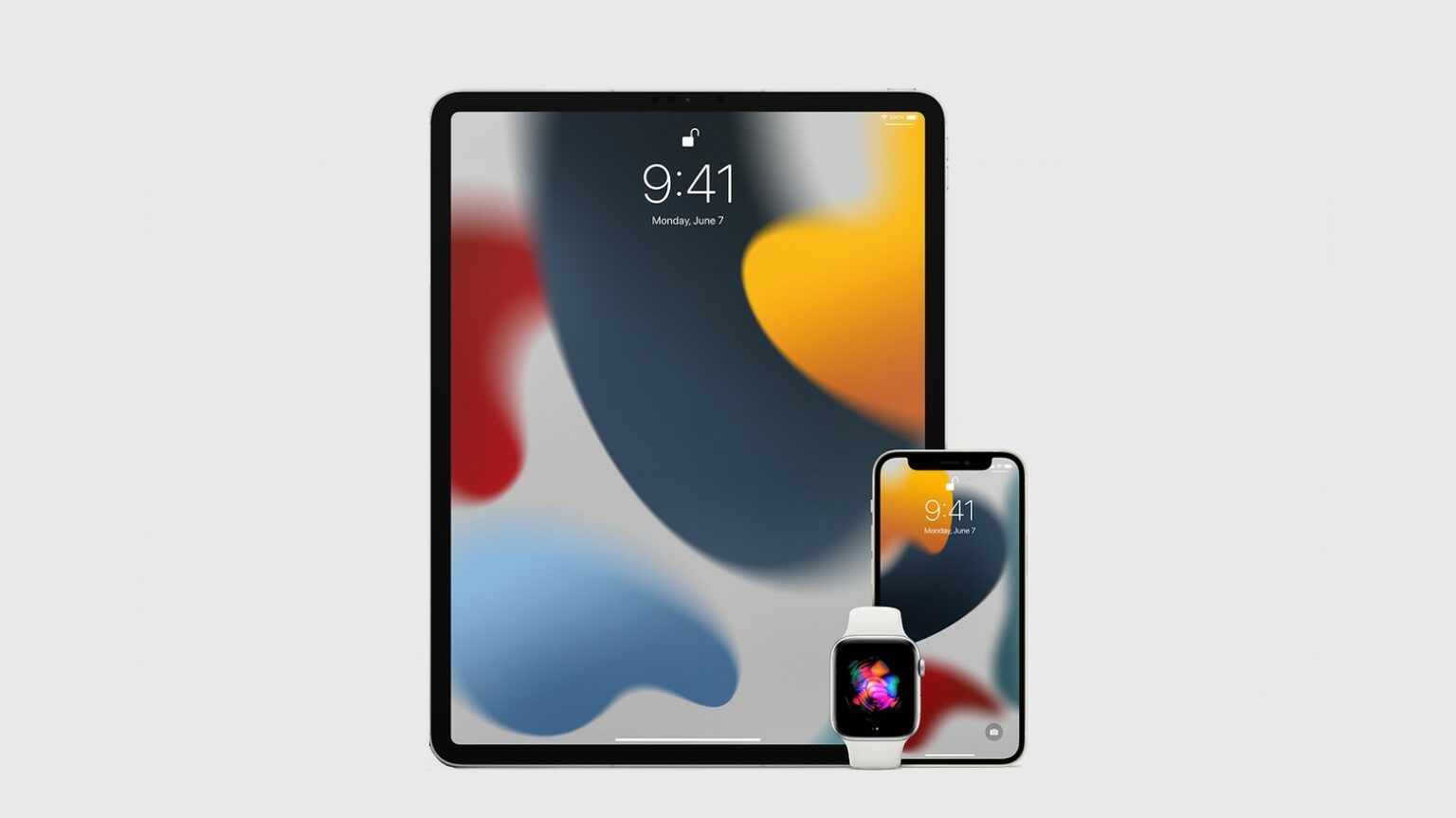
Will we see more differences?
So, the primary reason for the division into iOS and iPadOS is clear – it makes the work of developers easier, who thus have more space and options. Of course, there is also the question of whether Apple is preparing for a significant change. For a long time, Gigant has been facing considerable criticism directed at Apple tablets, which, although they offer first-class performance, cannot even use it due to the significant limitations of iPadOS. Most users therefore wish to bring the system closer to macOS, especially with a view to better multitasking. The current Split View option is not exactly groundbreaking.
It could be interest you
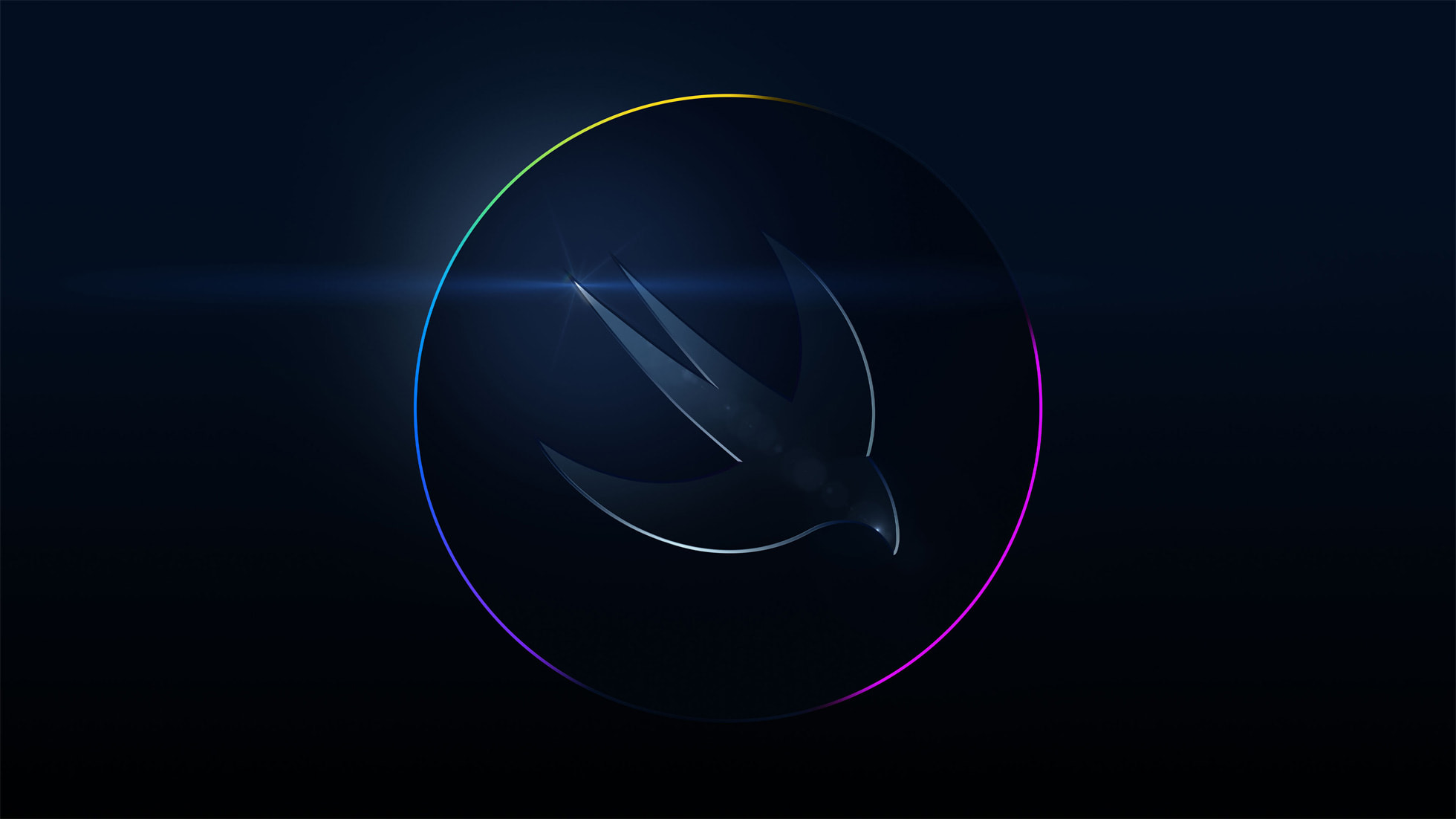
It is unfortunately unclear for now whether we will ever see such changes. There is currently no talk of anything similar in the apple couloirs. Anyway, on June 6, 2022, the developer conference WWDC 2022 will take place, during which Apple will show us the new operating systems iOS 16, iPadOS 16, watchOS 9 and macOS 13. So we can hope that we have something to look forward to.
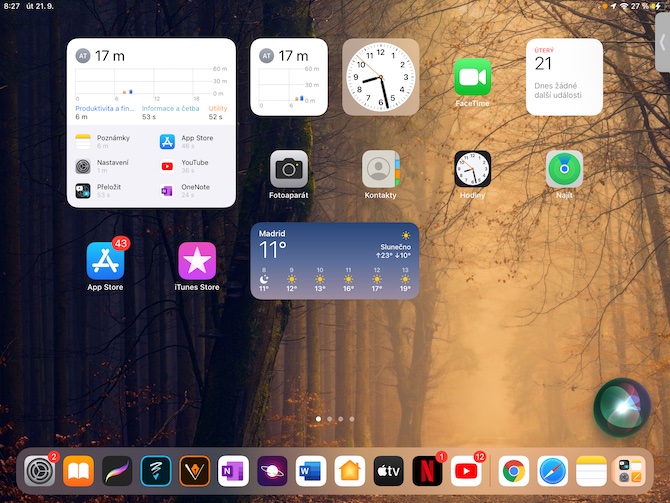
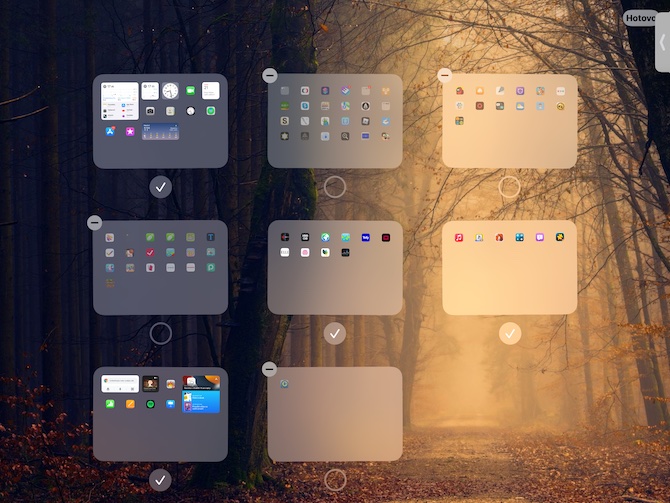

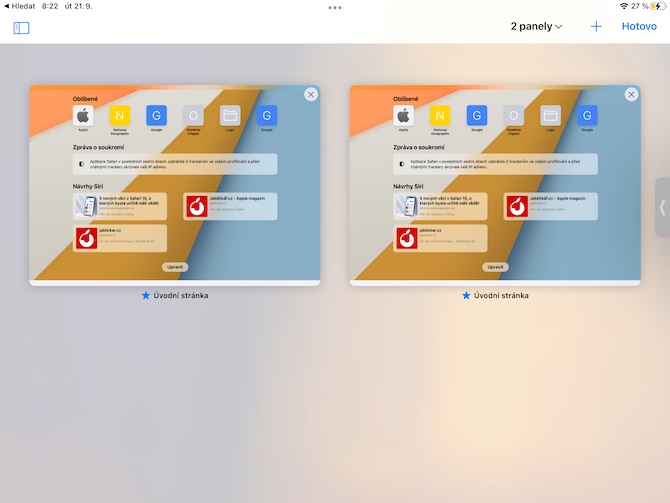
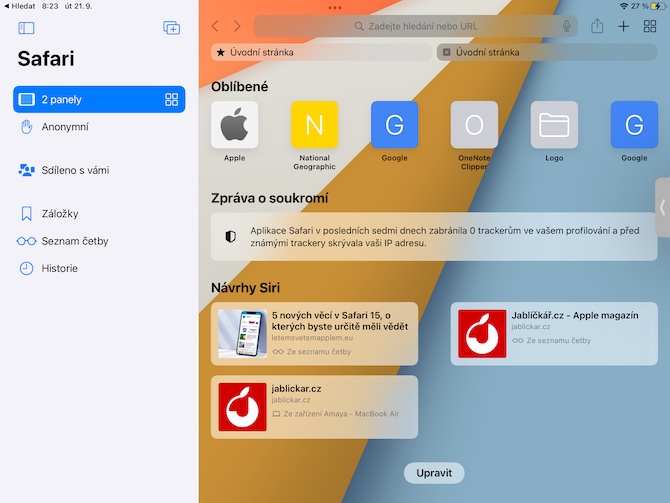


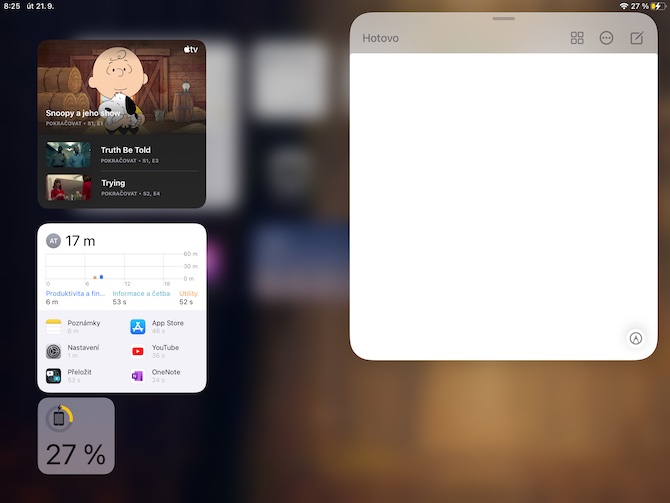
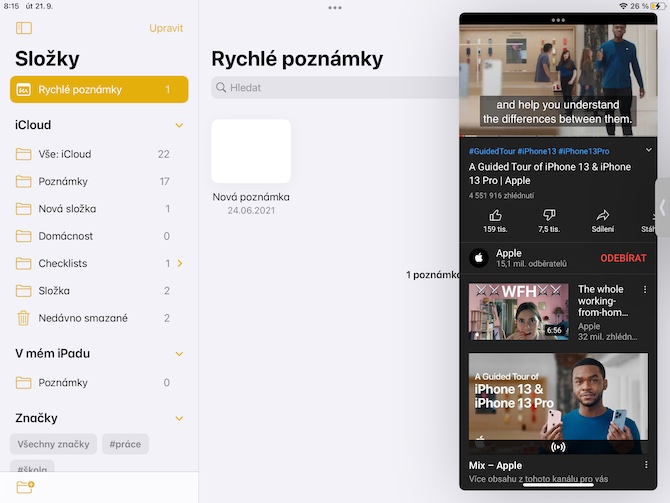
 Flying around the world with Apple
Flying around the world with Apple